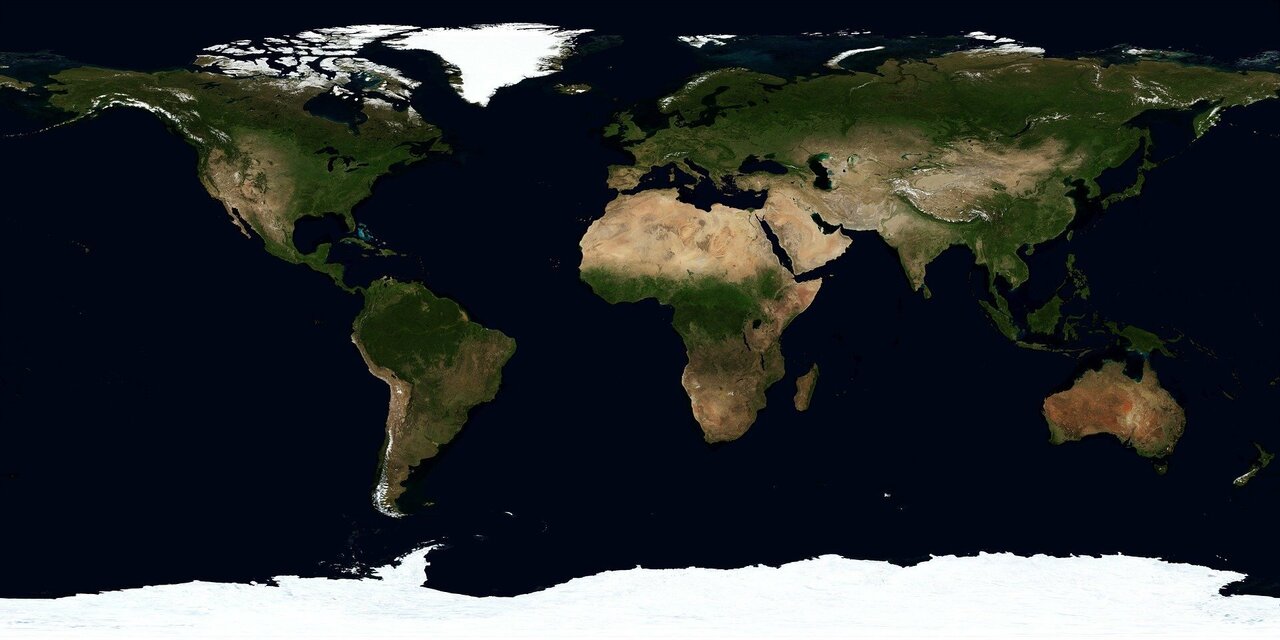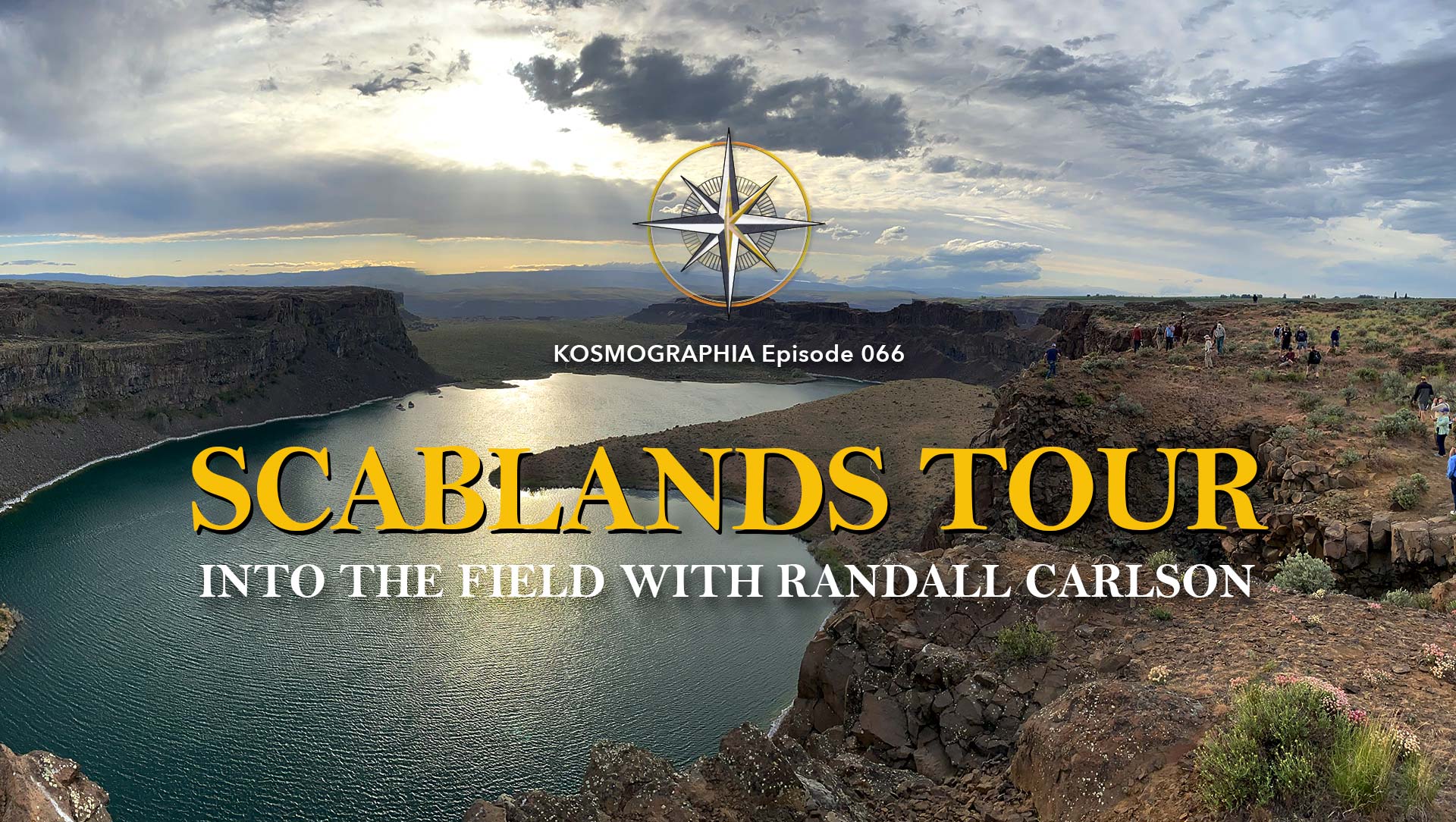Melodi
Disaster Cat
Interesting, now this is something unexpected....

 phys.org
'Icelandia': Is Iceland the tip of a vast, sunken continent?
phys.org
'Icelandia': Is Iceland the tip of a vast, sunken continent?
by Geological Society of America
 Credit: Pixabay/CC0 Public Domain
Credit: Pixabay/CC0 Public Domain
Academics believe they have identified a remarkable geological secret: A sunken continent hidden under Iceland and the surrounding ocean,which they have dubbed "Icelandia."#
An international team of geologists, led by Gillian Foulger, Emeritus Professor of Geophysics in the Department of Earth Sciences at Durham University (UK), believe the sunken continent could stretch from Greenland all the way to Europe.
It is believed to cover an area of ~600,000 km2 but when adjoining areas west of Britain are included in a "Greater Icelandia," the entire area could be ~1,000,000 km2 in size.
If proven, it means that the giant supercontinent of Pangaea, which is thought to have broken up over 50 million years ago, has in fact not fully broken up.
This new theory challenges long-held scientific ideas around the extent of oceanic and continental crust in the North Atlantic region, and how volcanic islands, like Iceland, formed.
The presence of continental—rather than oceanic—crust could also spark discussions about a new source of minerals and hydrocarbons, both of which are contained in continental crust.
The revolutionary new theory was born from an innovative series of expert meetings held in Durham and is included in a dedicated chapter of In the Footsteps of Warren B. Hamilton: New Ideas in Earth Science (published 29 June 2021 by the Geological Society of America), which Professor Foulger has co-written with Dr. Laurent Gernigon of the Geological Survey of Norway and Professor Laurent Geoffroy of the Ocean Geosciences Laboratory, University of Brest (France).
Speaking about the new theory, Professor Foulger said, "Until now Iceland has puzzled geologists, as existing theories that it is built of and surrounded by oceanic crust are not supported by multiplegeological data. For example, the crust under Iceland is over 40 km thick—seven times thicker than normal oceanic crust. This simply could not be explained.
"However, when we considered the possibility that this thick crust is continental, our data suddenly all made sense. This led us immediately to realize that the continental region was much bigger than Iceland itself—there is a hidden continent right there under the sea.
"There is fantastic work to be done to prove the existence of Icelandia but it also opens up a completely new view of our geological understanding of the world. Something similar could be happening at many more places.
"We could eventually see maps of our oceans and seas being redrawn as our understanding of what lies beneath changes."
The research team is now working with collaborators from across the globe on work to test their theory, which will begin once COVID-19 restrictions allow.
This work could involve electrical conductivity surveys, and the collection of zircon crystals in Iceland and elsewhere. Other tests such as seismic profiling and drilling would need millions of pounds to fund, but such is the importance of this work that funding may well be forthcoming.
Professor Foulger is a world-leading geologist whose research has contributed to mapping the geological composition of the seabed in relation to continental land masses.
This work has important legal and political ramifications, as under certain conditions, the United Nations Convention on the Law of the Sea grants coastal states exclusive rights to the non-living resources of their adjacent seabed if scientists can prove that the seabed is a submerged extension of the continental landmass.
Professor Philip Steinberg, Director of IBRU, Durham University's Centrefor Borders Research, noted, "Countries around the world are spending enormous resources conducting subsea geologic research in order to identify their continental shelves and claim exclusive mineral rights there.
"Research like Professor Foulger's, which forces us to rethink the relationship between seabed and continental geology, can have far-reaching impact for countries trying to determine what area of the seabed are their exclusive preserve and what areas are to be governed by the International Seabed Authority as the 'common heritage of humankind."
Explore further
Fragment of continental crust found under southeast Iceland
More information: The chapter, Icelandia, by Foulger, Gernigon, and Geoffroy is part of In the Footsteps of Warren B. Hamilton: New Ideas in Earth Science , DOI: 10.1130/2021.2553(04) , pubs.geoscienceworld.org/books … /130412282/Icelandia

'Icelandia': Is Iceland the tip of a vast, sunken continent?
Academics believe they have identified a remarkable geological secret: A sunken continent hidden under Iceland and the surrounding ocean,which they have dubbed "Icelandia."
by Geological Society of America

Academics believe they have identified a remarkable geological secret: A sunken continent hidden under Iceland and the surrounding ocean,which they have dubbed "Icelandia."#
An international team of geologists, led by Gillian Foulger, Emeritus Professor of Geophysics in the Department of Earth Sciences at Durham University (UK), believe the sunken continent could stretch from Greenland all the way to Europe.
It is believed to cover an area of ~600,000 km2 but when adjoining areas west of Britain are included in a "Greater Icelandia," the entire area could be ~1,000,000 km2 in size.
If proven, it means that the giant supercontinent of Pangaea, which is thought to have broken up over 50 million years ago, has in fact not fully broken up.
This new theory challenges long-held scientific ideas around the extent of oceanic and continental crust in the North Atlantic region, and how volcanic islands, like Iceland, formed.
The presence of continental—rather than oceanic—crust could also spark discussions about a new source of minerals and hydrocarbons, both of which are contained in continental crust.
The revolutionary new theory was born from an innovative series of expert meetings held in Durham and is included in a dedicated chapter of In the Footsteps of Warren B. Hamilton: New Ideas in Earth Science (published 29 June 2021 by the Geological Society of America), which Professor Foulger has co-written with Dr. Laurent Gernigon of the Geological Survey of Norway and Professor Laurent Geoffroy of the Ocean Geosciences Laboratory, University of Brest (France).
Speaking about the new theory, Professor Foulger said, "Until now Iceland has puzzled geologists, as existing theories that it is built of and surrounded by oceanic crust are not supported by multiplegeological data. For example, the crust under Iceland is over 40 km thick—seven times thicker than normal oceanic crust. This simply could not be explained.
"However, when we considered the possibility that this thick crust is continental, our data suddenly all made sense. This led us immediately to realize that the continental region was much bigger than Iceland itself—there is a hidden continent right there under the sea.
"There is fantastic work to be done to prove the existence of Icelandia but it also opens up a completely new view of our geological understanding of the world. Something similar could be happening at many more places.
"We could eventually see maps of our oceans and seas being redrawn as our understanding of what lies beneath changes."
The research team is now working with collaborators from across the globe on work to test their theory, which will begin once COVID-19 restrictions allow.
This work could involve electrical conductivity surveys, and the collection of zircon crystals in Iceland and elsewhere. Other tests such as seismic profiling and drilling would need millions of pounds to fund, but such is the importance of this work that funding may well be forthcoming.
Professor Foulger is a world-leading geologist whose research has contributed to mapping the geological composition of the seabed in relation to continental land masses.
This work has important legal and political ramifications, as under certain conditions, the United Nations Convention on the Law of the Sea grants coastal states exclusive rights to the non-living resources of their adjacent seabed if scientists can prove that the seabed is a submerged extension of the continental landmass.
Professor Philip Steinberg, Director of IBRU, Durham University's Centrefor Borders Research, noted, "Countries around the world are spending enormous resources conducting subsea geologic research in order to identify their continental shelves and claim exclusive mineral rights there.
"Research like Professor Foulger's, which forces us to rethink the relationship between seabed and continental geology, can have far-reaching impact for countries trying to determine what area of the seabed are their exclusive preserve and what areas are to be governed by the International Seabed Authority as the 'common heritage of humankind."
Explore further
Fragment of continental crust found under southeast Iceland
More information: The chapter, Icelandia, by Foulger, Gernigon, and Geoffroy is part of In the Footsteps of Warren B. Hamilton: New Ideas in Earth Science , DOI: 10.1130/2021.2553(04) , pubs.geoscienceworld.org/books … /130412282/Icelandia



